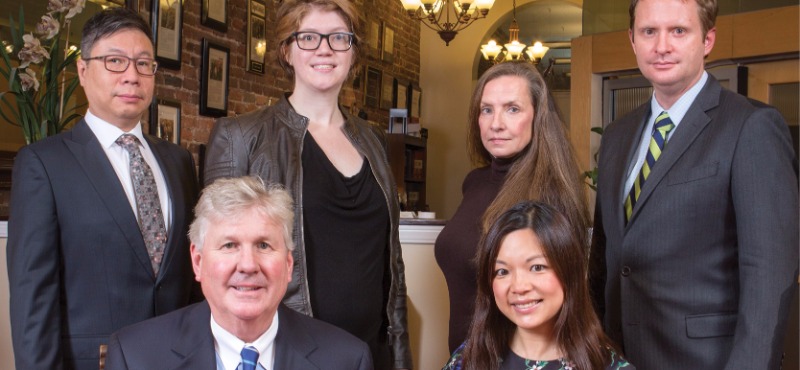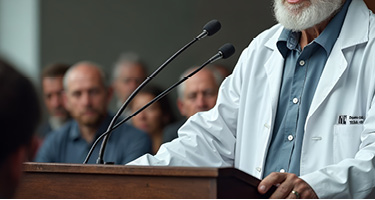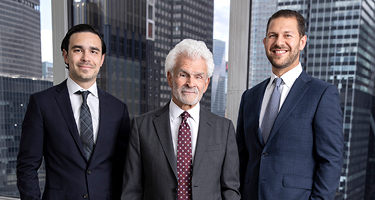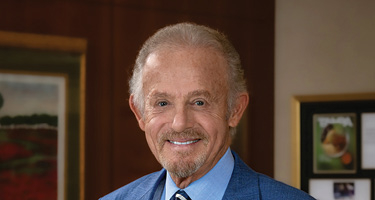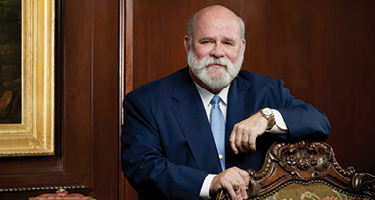Randall H. Scarlett has never stopped learning. As one of the country’s leading plaintiffs’ attorneys handling cases involving traumatic brain injury, or TBI, Scarlett recognized early on that the technology surrounding treatment is continually evolving and that keeping up requires a nearly insatiable appetite for knowledge and a commitment to the cutting edge. From his days as a young lawyer in the late 1980s when his first TBI case walked through the door to today where he utilizes the latest in brain imaging to show “microstructural damage” to clients’ gray matter, Scarlett knows there’s always more to be discovered when it comes to how brains respond to even the slightest injury.
“One of the biggest challenges we’ve dealt with over the years is figuring out how to help juries see the impact even mild cases of TBI have on our clients,” says Scarlett, whose namesake firm, the Scarlett Law Group, has been helping clients recover from catastrophic injury for decades. “Some of these injuries might not be clearly visible through standard MRI imaging. So we’ve always been about staying on top of the technology and using it to our advantage in building our cases.”
Today, diffusion tensor imaging, or DTI, shows immense promise in illustrating that elusive microstructural damage. As Scarlett notes, it’s about showing juries client injuries, not simply telling them it has happened, a critical difference that comes into play in cases where injured clients have been involved in seemingly minor accidents that on their surface might not appear serious. In one legendary case that resulted in a $1.2 million jury verdict, Scarlett was able to prove a client’s TBI even though a standard MRI showed no injury and the plaintiff’s car was rear-ended at a mere 10 miles per hour. “We’re able to show juries more than ever before,” he says. “That’s what is most exciting about this practice—the fact that the technology and science just keeps improving.”
Another critical difference? The fact that not every attorney is equipped to competently handle TBI cases; winning such complex suits requires an attorney who is immersed in technology, medicine, and the law, a trifecta that Scarlett (not to mention his clients) knows just doesn’t exist at many firms. Indeed, in the last decade alone, Scarlett has obtained seven verdicts ranging from more than $10 million to close to $50 million. As he points out, many attorneys never get close to recoveries of that size over the course of an entire career. But Scarlett is just getting started. “That’s what is so exciting about this practice,” he says. “There’s always more to discover.”
Connect with highly rated attorneys for your legal needs using the Best Lawyers Find a Lawyer tool.
